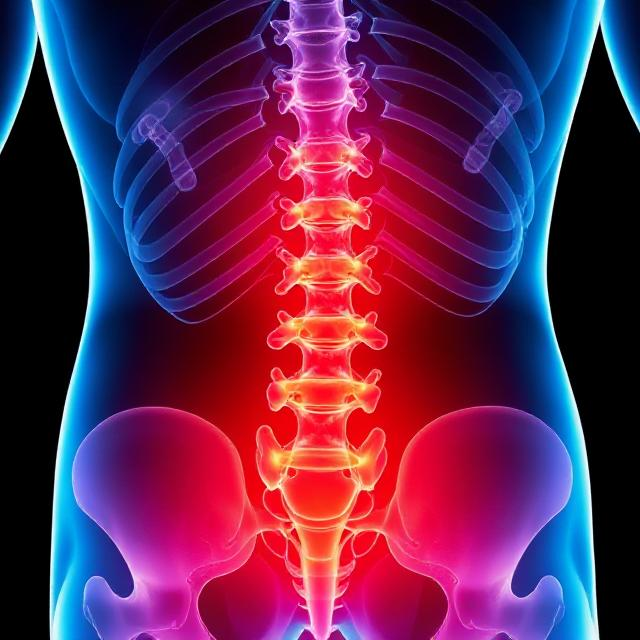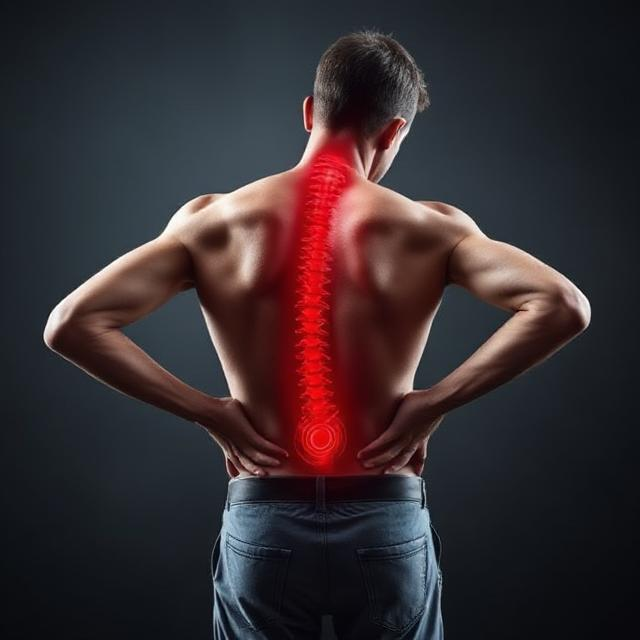5 exercises for low back pain treatment


Understanding low back pain
Low back pain is a prevalent musculoskeletal disorder that most people will experience it in their lifetime. It is more common to seen between the ages of 30 to 50 years old, yet it can occur in individuals of all ages. Low back pain is indeed a debilitating condition that can greatly impact a person’s quality of life. In addition, it is one of the leading causes of disability worldwide. There are numerous causes that will lead to low back pain such as poor posture, muscle imbalances, or injuries. Therefore, it is essential to consult a healthcare professional who are expert in treating musculoskeletal disorders such as chiropractors, for precise diagnosis and effective treatment plan. Chiropractors provide a holistic care, focusing on non-invasive treatment such as spinal adjustment and exercises to alleviate pain and promote healing. It is also a cost-effective treatment option as compared to surgery. In this article, we will explore 5 exercises recommended by chiropractors for managing low back pain.
Benefits of Exercise for Low Back Pain
Exercise can offer several benefits for individuals with low back pain (LBP). It’s important to note that the type and intensity of exercises should be tailored to the individual’s specific condition and should be done under the guidance of a healthcare professional such as a Gonstead Chiropractor.
- Pain Reduction: Regular exercise can help reduce mostly chronic low back pain, in certain condition it would help to temporarily ease acute back pain too. It can stimulate the release of endorphins, which are natural painkillers, and improve blood flow to the affected area, promoting healing.
- Improve Flexibility: Through active stretching exercises can increase the flexibility of the muscles and ligaments in the lower back, reducing stiffness and tension.
- Increased Strength: Strengthening exercises target the muscles in the lower back, abdomen, and pelvis, which can provide better support to the spine and reduce the risk of future injuries.
- Better Posture: Exercise can promote better posture by strengthening the core muscles, helping you maintain a more natural spinal alignment.
- Weight Management: Maintaining a healthy weight through regular exercise can reduce the load on the joint and spine, which may alleviate pressure and reduce pain.
- Enhanced Joint Function: Exercise can help improve and maintain the mobility which resulting in better function of the joints at the lower back, reducing pain and stiffness.
- Increased Circulation: Physical activity can enhance blood flow to the muscles and tissues of the lower back, potentially aiding in the healing process.
- Prevention of Recurrence: A well-rounded exercise program can help prevent future episodes of low back pain by strengthening the muscles that support the spine and improving overall fitness.
- Improved Quality of Life: Regular exercise can enhance your overall physical and mental well-being, eleading to a better quality of life for individuals with low back pain.
5 Effective Exercises for Low Back Pain Treatment
Pelvic Tilts
Pelvic tilts are a fundamental exercise for targeting the muscles of the lower back, abdomen, and pelvis. Here’s how to perform them:
– Lie on your back with knees bent and feet flat on the floor.
– Tighten your abdominal muscles and press your lower back into the floor.
– Slowly tilt your pelvis upward, arching your lower back slightly.
– Hold for 20-30 seconds, then release and return to the starting position.
– Perform 10-15 repetitions.
Cat-Cow Stretch
The cat-cow stretch is a gentle yoga-inspired movement that promotes flexibility and mobility in the spine. It’s particularly effective for addressing stiffness and discomfort in the lower back.
– Start on your hands and knees, with your wrists aligned under your shoulders and knees under your hips.
– Inhale as you arch your back, dropping your belly towards the floor (cow pose).
– Exhale as you round your spine, tucking your chin towards your chest (cat pose).
– Repeat this sequence for 10-15 repetitions.
Bridge Exercise
The bridge exercise strengthens the glutes (butt) and hamstrings (Back of the thigh) while enhancing the core stability.
– Lie on your back with knees bent, place your feet flat on the floor, and keep your feet hip-width apart.
– Place your arms at your sides, palms facing down.
– Press through your heels to lift your hips off the floor, creating a straight line from your shoulders to your knees.
– Squeeze your glutes and hold the position for 20-30 seconds.
– Lower your hips back to return the starting position.
– Perform 5-10 repetitions.
Child’s Pose
Child’s pose is a restorative yoga posture that mainly focus on stretching and relaxing the muscles of the neck, shoulder, upper and lower back.
– Start on your hands and knees, then sit back on your heels, reaching your arms forward.
– Lower your forehead to the ground and relax your entire body.
– Hold this position for 20-30 seconds while taking deep breaths.
– Slowly return to the seated position.
– Perform 5-10 repetitions.
Pelvic Clock Exercise
The pelvic clock exercise encourages controlled movements of the pelvis, promoting spinal mobility and stability.
– Lie on your back with knees bent and feet flat on the floor.
– Imagine your pelvis as the centre of a clock face.
– Slowly tilt your pelvis in each direction, moving it from 12 o’clock to 6 o’clock, then to 3 o’clock and 9 o’clock.
– Perform these movements with control and precision for 5-10 repetitions in each direction.
Conclusion:
In conclusion, low back pain is a significant health issue that can cause physical and emotional suffering for those affected. It can have many different causes, including muscle strains, herniated disc, nerve interference, arthritis, and more. Hence, it is important to consult a chiropractor for appropriate evaluation and treatment when experiencing persistence or severe low back pain to improve one’s quality of life and prevent further complications. Fortunately, low back pain can be effectively managed through proper chiropractic care which includes spinal adjustments and tailored exercises that target the muscles around the lower back and promoting spinal alignment. Incorporating exercises like pelvic tilts, cat-cow stretches, bridge exercises, child’s pose, and pelvic clock exercises can provide relief from discomfort and contribute to long-term spinal health. However, not all exercises are suitable for everyone with low back pain, depending on the injury that individual suffered. Doing the wrong exercises or performing them incorrectly can exacerbate the problem. Therefore, always consult with a chiropractor before starting any new exercise regimen, especially if you have a history of low back pain or any underlying medical conditions.



